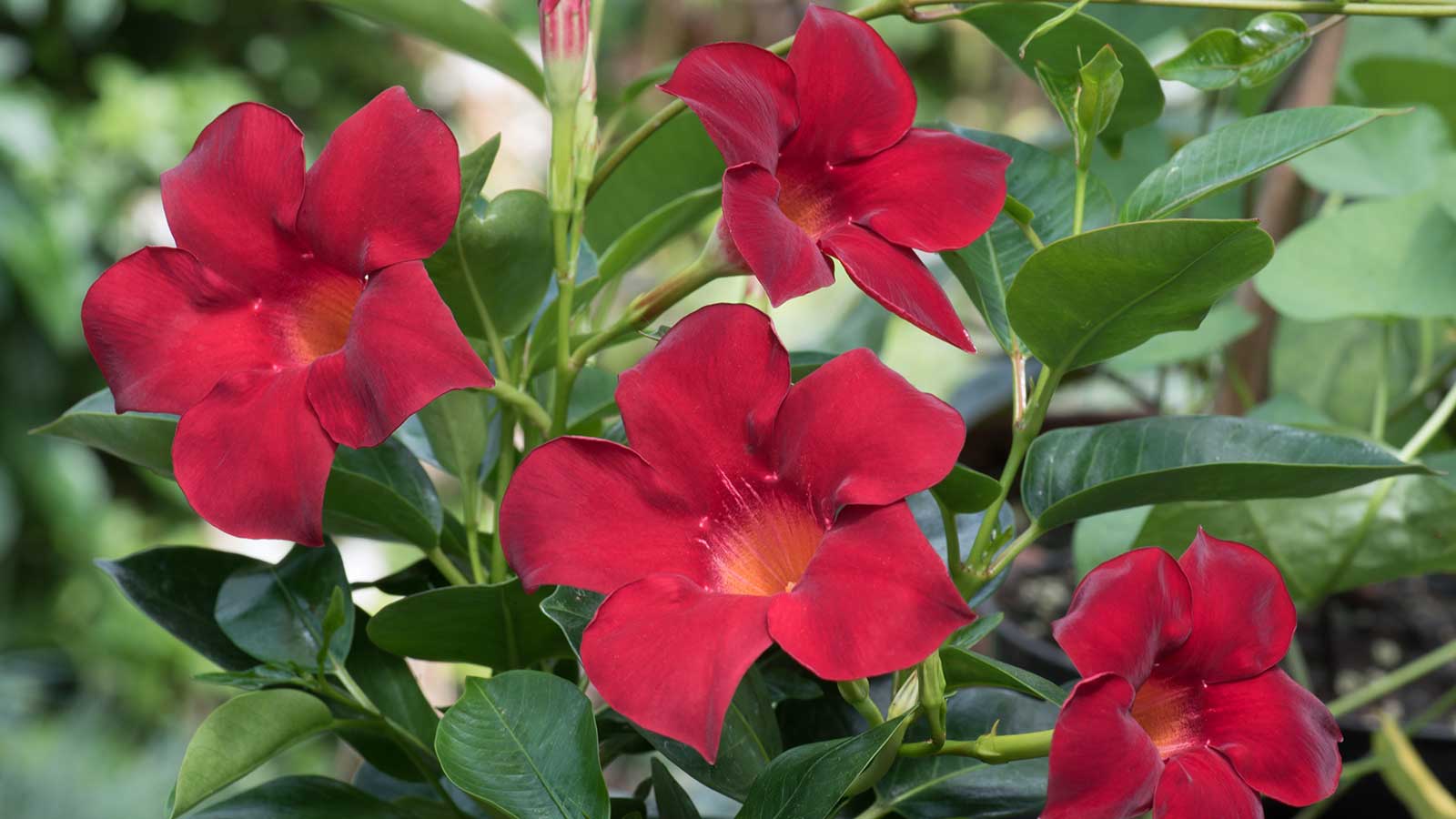
Potted plants, in general, need a little more attention than ones growing in the ground, partly because their soil dries out quicker. However, some will put on a dazzling display without being coddled – mostly needing just a splash of water every now and again once established.
Such easy-care varieties are ideal for gardeners who want to prettify their patio or balcony but simply don't have the time (or perhaps the inclination) to be constantly ticking off plant-care chores. They're also ideal for people flexing their green fingers for the first time.
Below, experts share their no-fuss suggestions to support your container gardening ideas. Just be sure to put your chosen picks in the right spot (and check that the suitable hardiness zone matches your space), and you can enjoy gorgeous color, structure, and even flowers with very little effort.
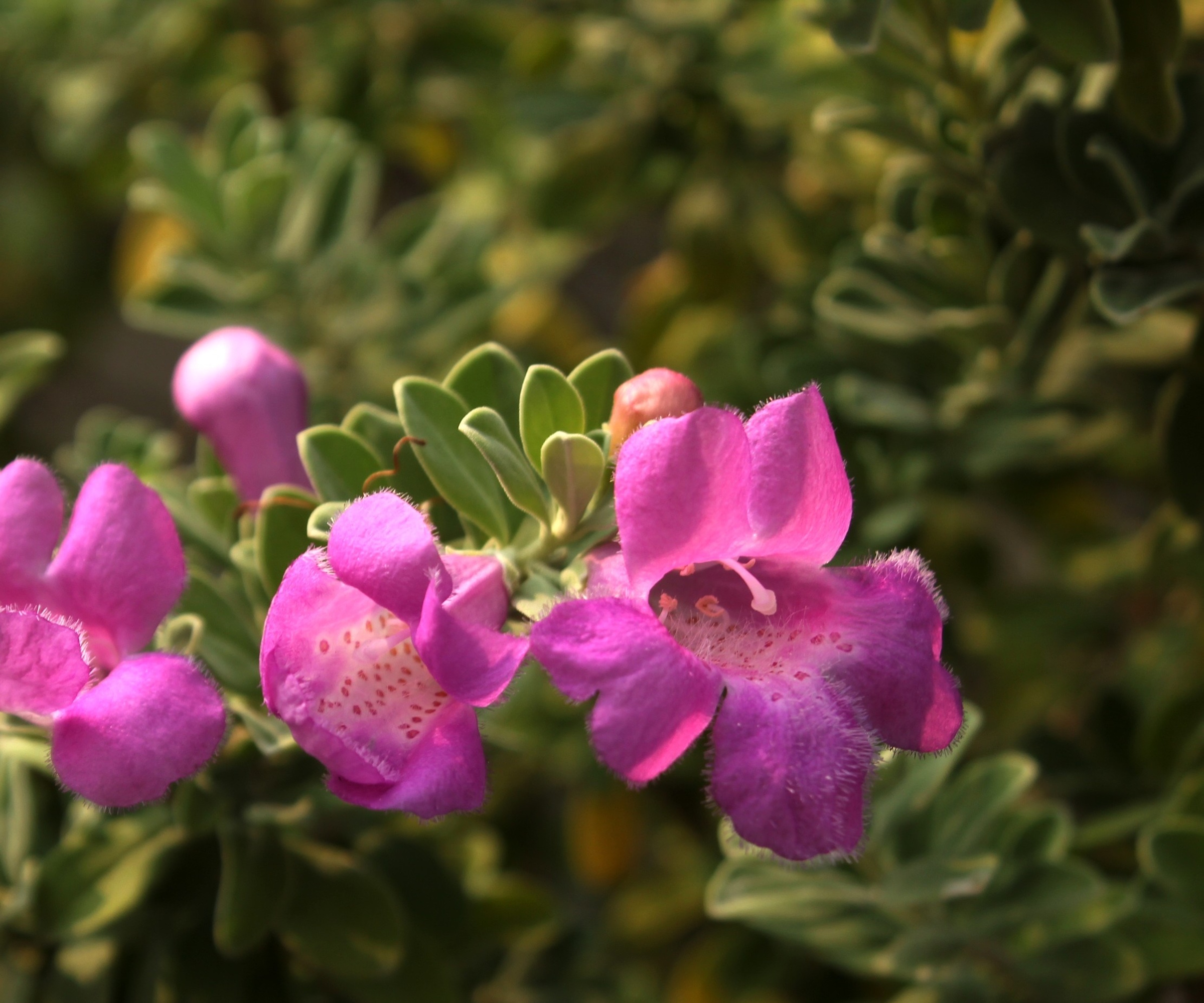
Pot plants that thrive on neglect
The following five perennials are some of the easiest to grow in pots, thriving on neglect. Just be sure to give them some water every few days during summer!
1. Snake plant
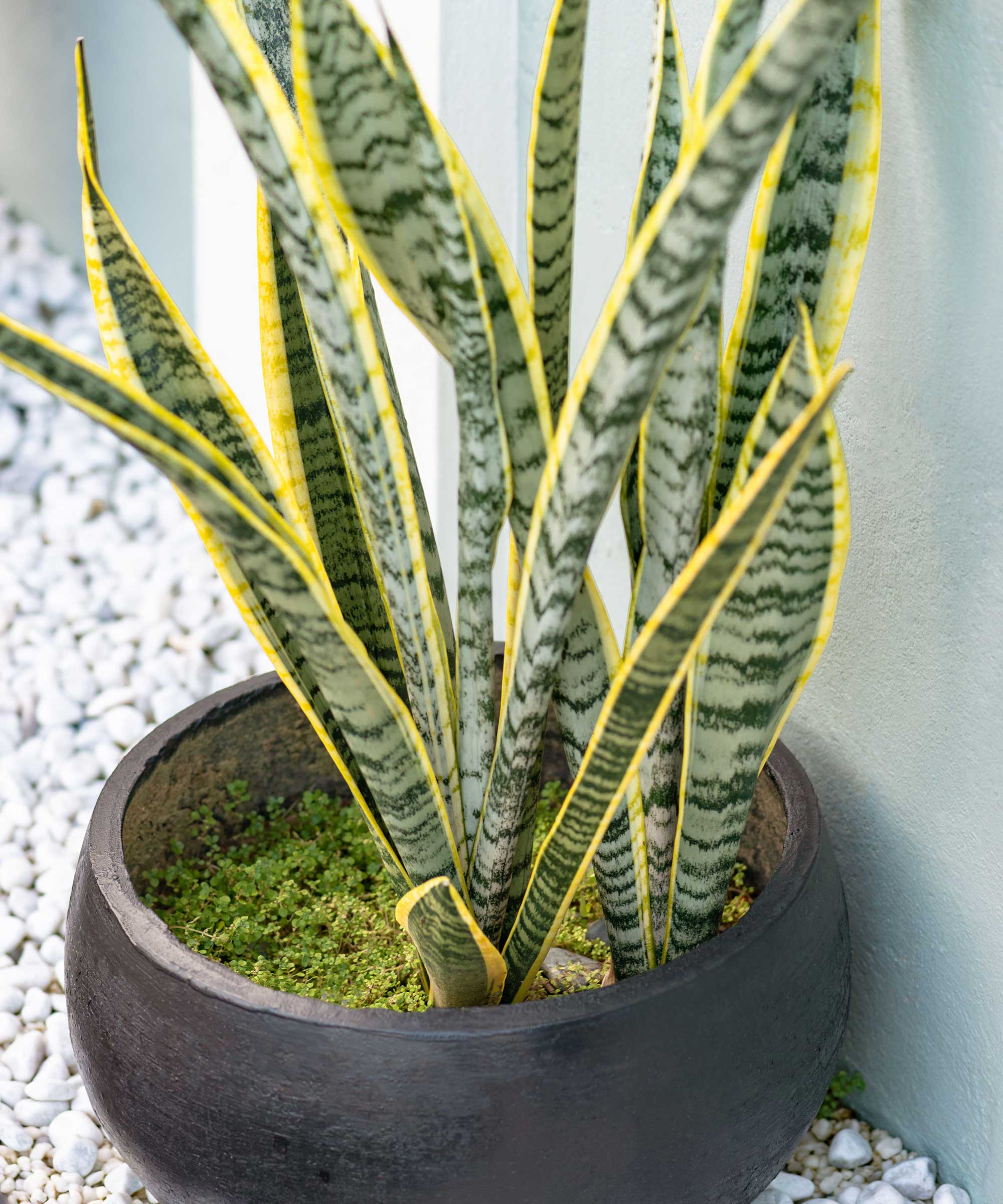
Snake plants are some of the easiest houseplants to look after. And, in warmer regions (they're hardy in zones 10 to 12), snake plants can live outdoors, too.
Justin Hancock, horticulturist at Costa Farms, recommends it for our list, noting how it's drought tolerant, deer- and rabbit-resistant, and 'because its beauty comes from its foliage, you don’t need to worry about whether it’s going to go out of bloom or not.'
It also doesn't require pruning, fertilizing, or any other special care and can grow in both sun and shade, he adds. Like when caring for other succulents, just ensure it has good drainage – this will help to avoid the leaves going yellow.
'Most varieties have green leaves with silver mottling; some like Laurentii are variegated with yellow edges,' Justin continues. 'No matter what variety you grow, it’s a striking, carefree plant for containers.'
Top tip: For cooler climates, Justin advises bringing it indoors before frosts hit and enjoying it as a houseplant over the winter months.
2. Texas Sage
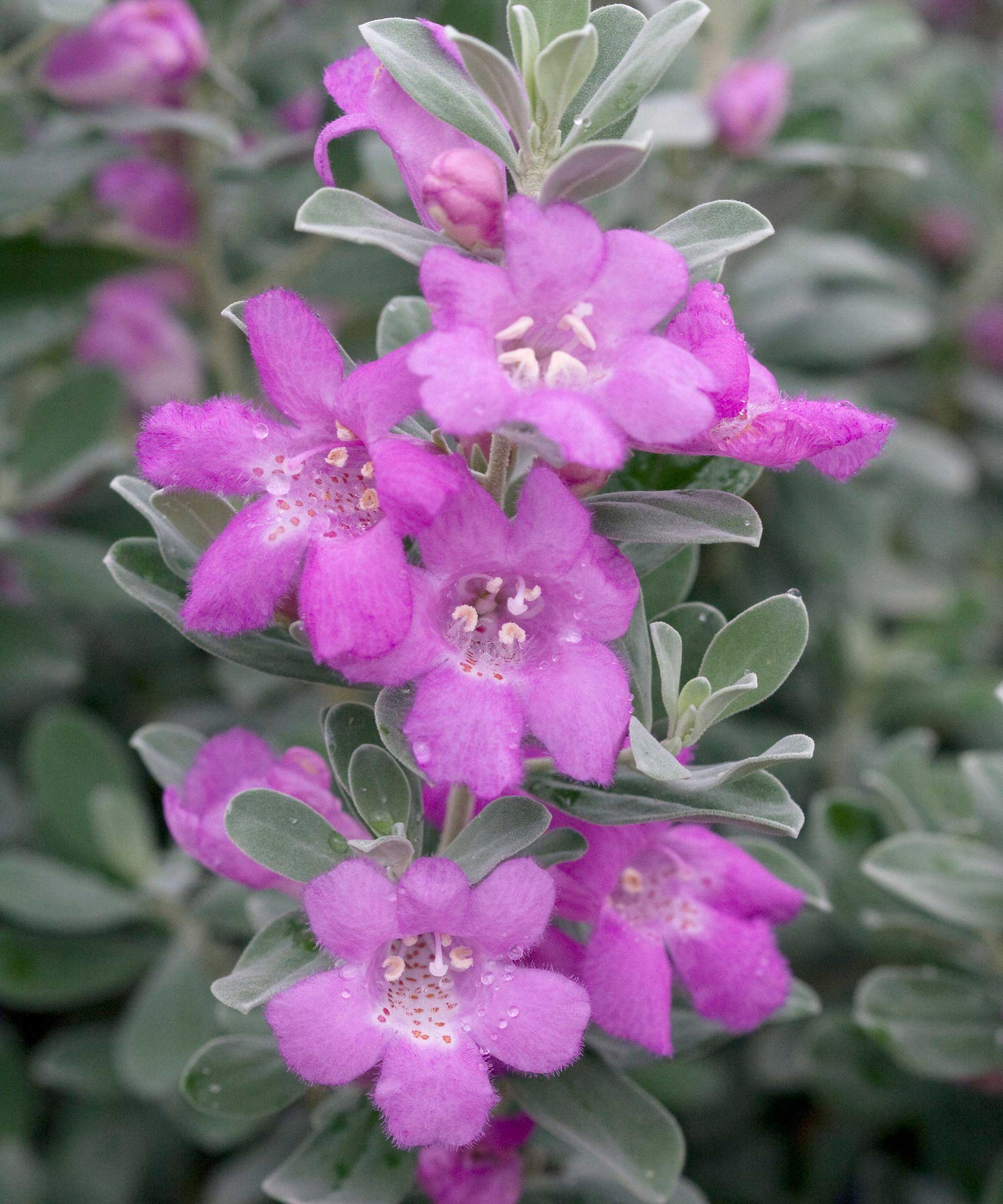
'As its name suggests, Texas sage (Leucophyllum frutescens) is a North American native plant found in areas of Texas, New Mexico, and northern Mexico,' says Justin.
'Being a desert plant, it’s naturally drought tolerant – so unlike a lot of flowering annuals, you don’t need to water it every day in containers during hot weather to keep it alive and thriving.' It also doesn't need deadheading, he adds.
He highlights its silver foliage, as well as its pinkish-purple flowers that appear throughout the summer and fall, attracting butterflies and hummingbirds. This shrub is hardy in zones 8-10.
Justin recommends growing it in all-day sun or afternoon sun with some morning shade. Pruning isn't necessary if you grow it as an annual, he adds, but 'in frost-free climates where it’s an evergreen shrub, pruning a couple of times a year is helpful to keep it looking tidy.'
Live texas sage plants are available from Amazon.
3. Croton
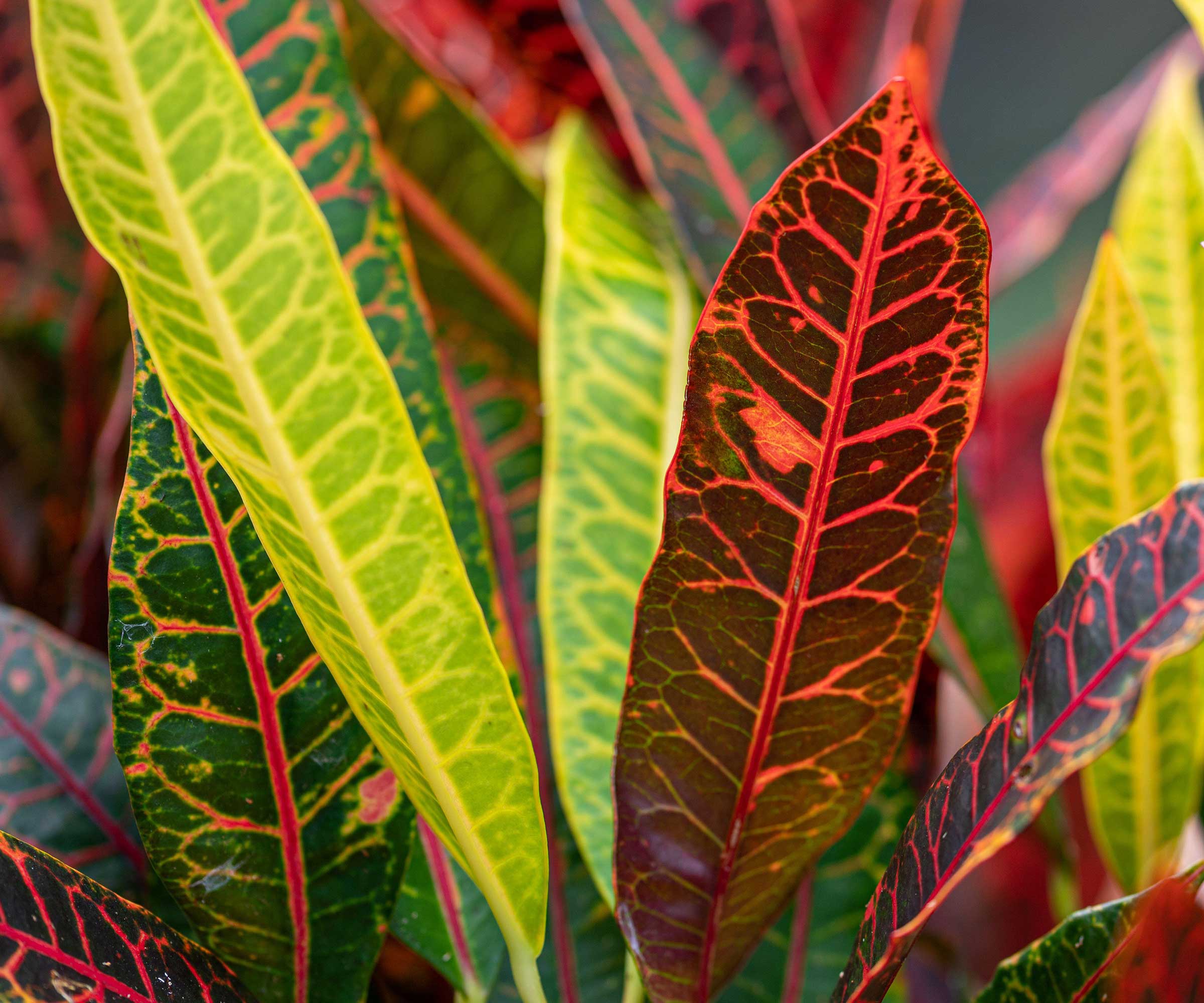
Hardy in zones 11-12, croton (Codiaeum variegatum) is another recommendation from Justin.
It's often kept indoors (and is a particularly great houseplant for maximalists). However, he notes that in frost-free areas, this tropical shrub is frequently seen in gas-station parking lots and other places where it gets minimal care – which shows just how low-maintenance it is.
'It loves hot weather and holds up pretty well to drought (especially compared to common annuals like petunias or coleus),' he says. What's more, he says it grows in both sun and shade and doesn't require pruning or fertilizing.
'The most prevalent variety is 'Petra', which has oval-shaped dark green leaves variegated in shades of purple, red, orange, and yellow,' he adds.
4. Purple coneflower
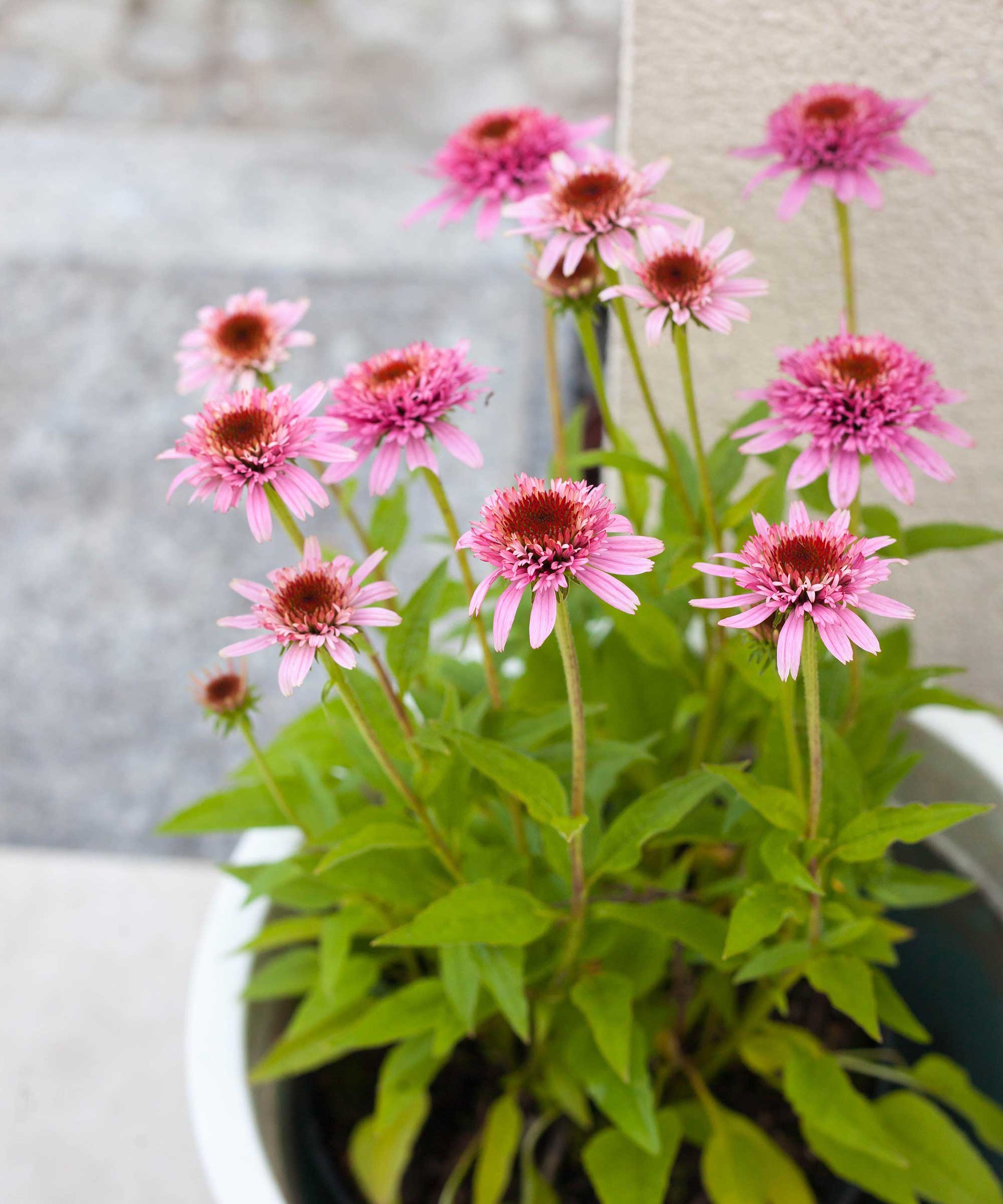
For cooler climates (hardiness zones 3-9), consider purple coneflowers. Otherwise known as Echinacea purpurea, these are recommended by the CEO of TN Nursery, Tammy Sons.
She highlights how these plants display robust growth in pots while enduring drought conditions and produce blooms throughout many months.
What's more, 'this plant attracts beneficial insects such as bees and butterflies to your garden,' she adds. They tend to be disease- and deer-resistant, too.
Choose a large pot with good drainage, in full sun, for these perennials to thrive. Deadheading isn't vital – in fact, leaving seedheads intact will provide winter food for birds. You may, however, wish to cut them back in spring for a tidy look.
5. Mandevilla
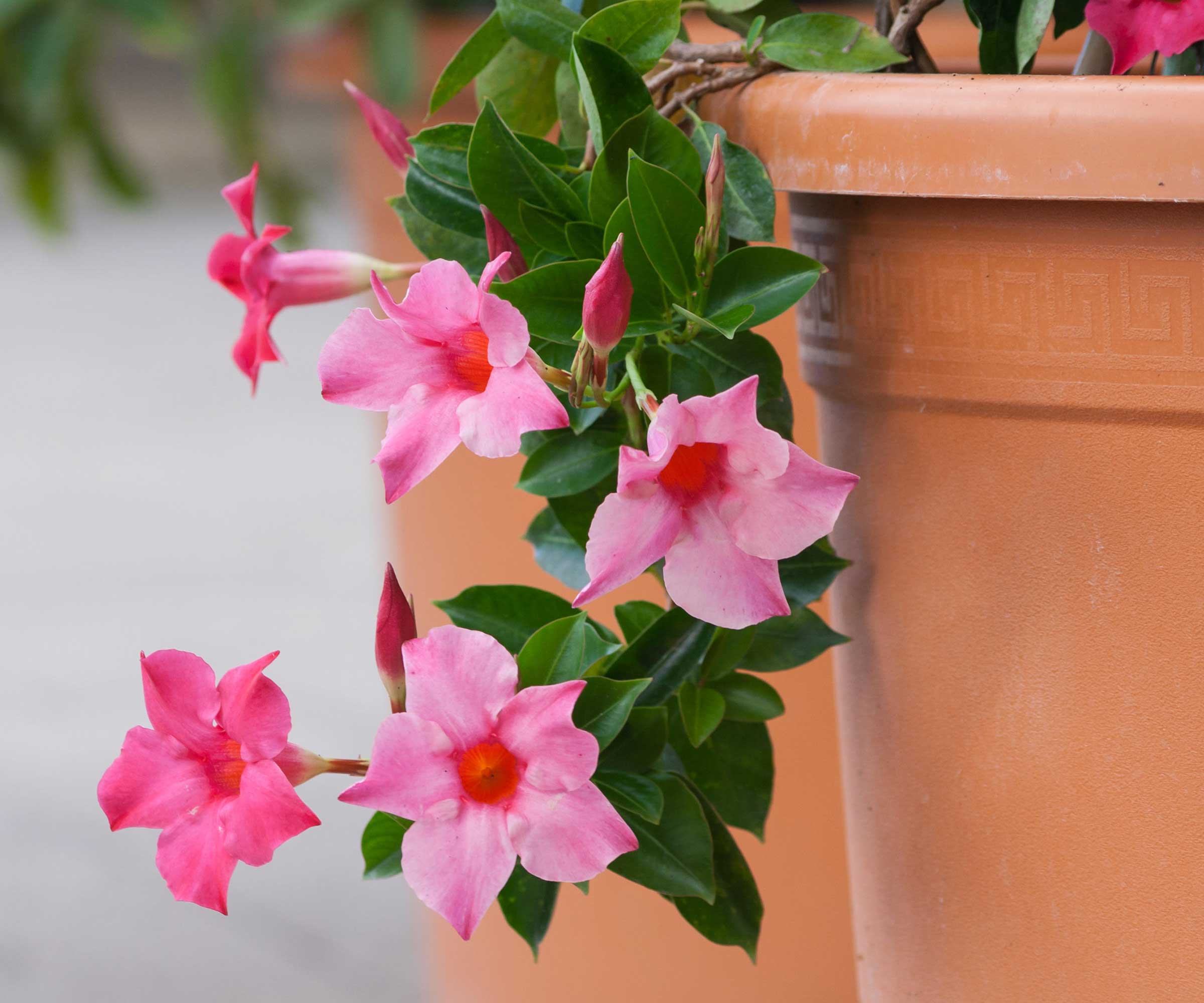
'Mandevilla is a subtropical plant that holds up like a champ to hot summer weather and doesn’t require any special care, even during heat waves,' Justin says.
'It’s also really beautiful, producing a plethora of red, pink, white, or yellow trumpet-shaped flowers nonstop from spring to frost. These flowers may attract hummingbirds and butterflies, but the plants are resistant to deer and rabbits.'
He highlights its tolerance to drought and that deadheading isn't needed. 'Mandevilla grows best in all-day sun or afternoon sun with some morning shade.
It will grow in all-day shade, but it won’t bloom as much,' he adds. These plants are hardy in zones 9-11.
You can get compact mounding forms that grow about 18 inches tall and wide, Justin continues – these make great 'filler' plants in pots.
'Other varieties are climbing vines that need support (they’re excellent "thriller" plants) and can climb more than six feet in a single season.'
FAQs
How else can you cut down on maintenance with your container garden?
Watering globes or self-watering planters can help keep plants hydrated without needing frequent attention with the hose. Also, Tammy recommends choosing pots with ample depth and proper drainage, and covering the soil with mulch to lock in moisture.
What other low-maintenance plants could you plant in pots?
Luke Hammond, a gardening expert at Seedtime, particularly recommends choosing native plants, which will have adapted to your environment.
Herbs can also be an easy pick for pots. Luke recommends rosemary, noting how most varieties are drought-, heat-, and neglect-tolerant. As evergreens, the shrubs provide color to the garden all year, and the blue flowers attract bees.
Picking drought-tolerant plants will mean you'll need to water your containers less, and makes it less of a worry when you go away on vacation. And there are other ways to simplify your gardening routine, too. Our guide on how to make the worst gardening jobs easier is full of practical ideas.







